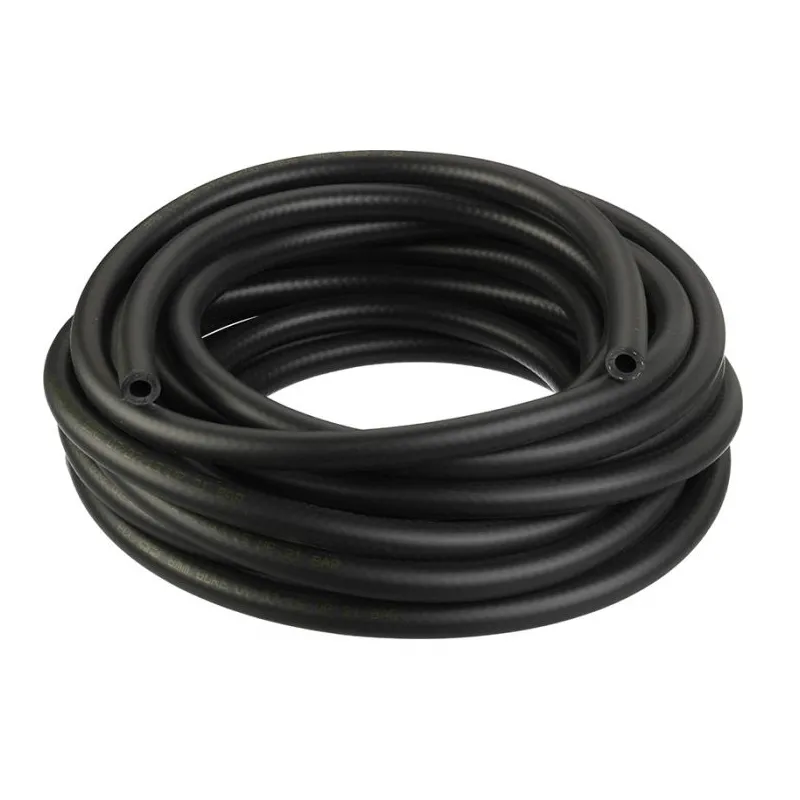
- Afrikaans
- Albanian
- Amharic
- Arabic
- Armenian
- Azerbaijani
- Basque
- Belarusian
- Bengali
- Bosnian
- Bulgarian
- Catalan
- Cebuano
- Corsican
- Croatian
- Czech
- Danish
- Dutch
- English
- Esperanto
- Estonian
- Finnish
- French
- Frisian
- Galician
- Georgian
- German
- Greek
- Gujarati
- haitian_creole
- hausa
- hawaiian
- Hebrew
- Hindi
- Miao
- Hungarian
- Icelandic
- igbo
- Indonesian
- irish
- Italian
- Japanese
- Javanese
- Kannada
- kazakh
- Khmer
- Rwandese
- Korean
- Kurdish
- Kyrgyz
- Lao
- Latin
- Latvian
- Lithuanian
- Luxembourgish
- Macedonian
- Malgashi
- Malay
- Malayalam
- Maltese
- Maori
- Marathi
- Mongolian
- Myanmar
- Nepali
- Norwegian
- Norwegian
- Occitan
- Pashto
- Persian
- Polish
- Portuguese
- Punjabi
- Romanian
- Russian
- Samoan
- scottish-gaelic
- Serbian
- Sesotho
- Shona
- Sindhi
- Sinhala
- Slovak
- Slovenian
- Somali
- Spanish
- Sundanese
- Swahili
- Swedish
- Tagalog
- Tajik
- Tamil
- Tatar
- Telugu
- Thai
- Turkish
- Turkmen
- Ukrainian
- Urdu
- Uighur
- Uzbek
- Vietnamese
- Welsh
- Bantu
- Yiddish
- Yoruba
- Zulu

Th5 . 07, 2025 15:16 Back to list
Oil Vapor Hose – High-Temp, Chemical-Resistant Fuel & Waste Solutions
Did you know 32% of industrial accidents involving fluid transfer stem from substandard hoses? When toxic fumes escape or suction fails, you don't just lose productivity - you risk regulatory fines and worker safety. The right oil vapor hose
could save your facility $18,500/year in preventable losses. Ready to upgrade?

(oil vapor hose)
Unmatched Technical Superiority in Oil & Fuel Vapor Hose Design
Our triple-layer reinforced hoses outperform competitors where it matters:
- ✅ 400°F continuous heat resistance
- ✅ 98% chemical corrosion resistance
- ✅ 3:1 safety factor at 250 PSI
- ✅ 50% faster installation than industry standard
| Feature | Our Hose | Competitor A | Competitor B |
|---|---|---|---|
| Max Temp | 400°F | 320°F | 280°F |
| Warranty | 5 years | 2 years | 18 months |
Precision-Engineered Custom Solutions
Why settle for generic when you can have:
- 🛠️ Diameters from 1/4" to 6"
- 🛠️ Custom flange adapters
- 🛠️ RFID tracking tags
Proven Success Across Industries
When a Midwest refinery upgraded to our waste oil suction hoses:
- ▶︎ 78% reduction in maintenance downtime
- ▶︎ $42K annual savings on hose replacements
- ▶︎ Zero OSHA violations in 3 years
Stop Compromising. Start Dominating.
With 28 patents and 15,000+ installations worldwide, we deliver hose solutions that outlast, outperform, and outvalue competitors. Your next project deserves the best oil vapor hose technology - why wait?
Get Your Custom Quote Now →
(oil vapor hose)
FAQS on oil vapor hose
Q: What is the primary application of an oil vapor hose?
A: Oil vapor hoses are designed to safely transport oil vapors in automotive or industrial systems. They resist heat and chemical degradation, ensuring durability in high-temperature environments. Common uses include crankcase ventilation and emission control systems.
Q: How does a fuel vapor hose differ from an oil vapor hose?
A: Fuel vapor hoses specifically handle gasoline or diesel vapors, while oil vapor hoses manage engine oil vapors. Fuel variants often require stricter compliance with flammability standards. Both must resist permeation but use different material formulations.
Q: Can a waste oil suction hose handle hot oil residues?
A: Yes, waste oil suction hoses are engineered to withstand heated oil residues during drainage or recycling. They typically feature reinforced construction and temperature-resistant materials like EPDM. Always verify the hose's temperature rating before use.
Q: What materials are used in oil vapor hose manufacturing?
A: Most oil vapor huses combine nitrile rubber or fluorocarbon elastomers with internal reinforcement layers. These materials prevent vapor leakage and resist oil degradation. Some high-performance variants include anti-static coatings for safety.
Q: How often should fuel vapor hoses be inspected for replacement?
A: Inspect fuel vapor hoses every 12 months or per manufacturer guidelines. Look for cracks, swelling, or soft spots indicating chemical breakdown. Immediate replacement is required if leaks or structural weaknesses are detected.
Latest News
Steel Wire Reinforced Hydraulic Hose SAE 100 R1 / EN853 1SN S
NewsOct.17,2024
Two Layers Steel Wire Reinforced Hydraulic Hose SAE 100 R2 / EN853 2SN
NewsSep.03,2024
Textile Braid Reinforced Hydraulic Hose SAE100 R3+R6
NewsSep.03,2024
Textile Reinforced Hydraulic oil Suction Hose with embedded Steel Wire SAE 100 R4
NewsSep.03,2024
Single Wire Braid and Textile Covered Hydraulic Hose SAE 100 R5
NewsSep.03,2024
High Pressure Thermoplastic Hydraulic Hose SAE 100 R7 / EN855 R7 - SAE 100 R8 / EN855 R8
NewsSep.03,2024
Heavy Duty Four-layer Steel Wire Spiral Reinforced Hydraulic Hose SAE100R9+R10+R12
NewsSep.03,2024
Heavy Duty Multi-layer Steel Wire Reinforced Hydraulic Hose SAE100R13 SAE100R15
NewsSep.03,2024
Latest Products









